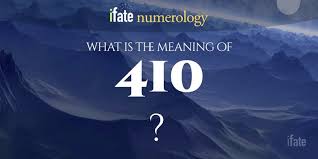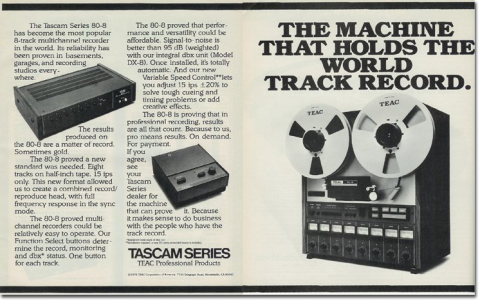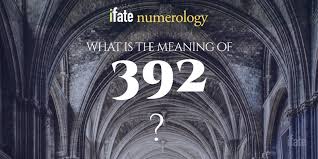Okay, so I was digging into website stuff today and ran into this “410 Gone” thing. I’d seen 404 errors (“Not Found”) plenty of times, but 410 was new to me. So, I decided to figure out what it’s all about.
My Experiment with 410
First, I Googled it. I mean, who wouldn’t? Turns out, a 410 error means the page is permanently gone. Like, it’s not coming back, ever. Unlike a 404, which might just mean the page moved, a 410 is a definite “this is dead and buried.”
I wanted to see this in action, so I messed around with my own little test website. nothing fancy. I don’t have special server software.
I created simple HTML page.
I deleted a few pages and told my test server to throw a 410 error when someone tried to visit *’s like putting up a digital “Do Not Enter” sign.
- I opened my web browser.
- I typed in the address of one of those deleted pages.
- And boom! There it was: a big “410 Gone” message.
It was kind of cool to see it * wasn’t a fancy error page, just the basic browser one, but it proved the point. That page was gone.
Why even use a 410?
So, why bother with a 410 instead of just letting a page 404? From what I gathered, it’s mainly for search engines. If Google sees a 410, it knows to immediately remove that page from its index. A 404, it might keep checking back, just in case. So, a 410 is a cleaner, more efficient way to say, “This page is never coming back, don’t waste your time.”
It’s all about being clear and helping search engines (and users) not waste time on dead ends. Pretty straightforward, really!


